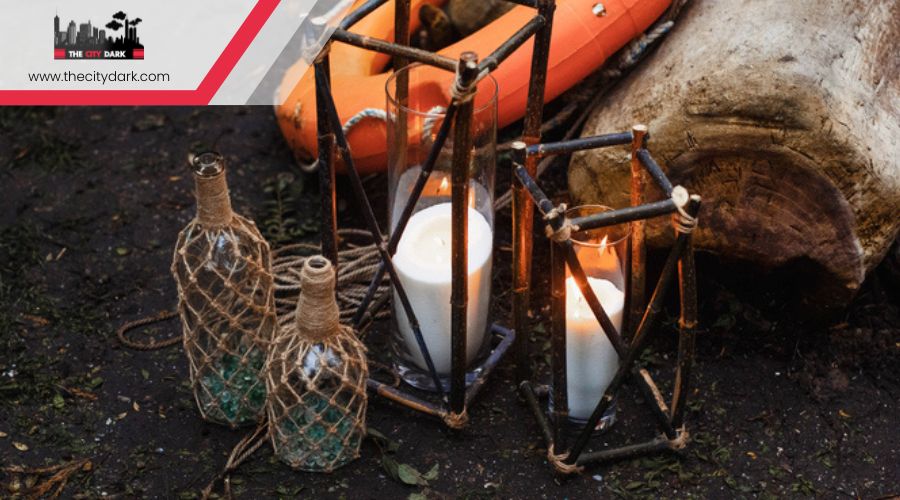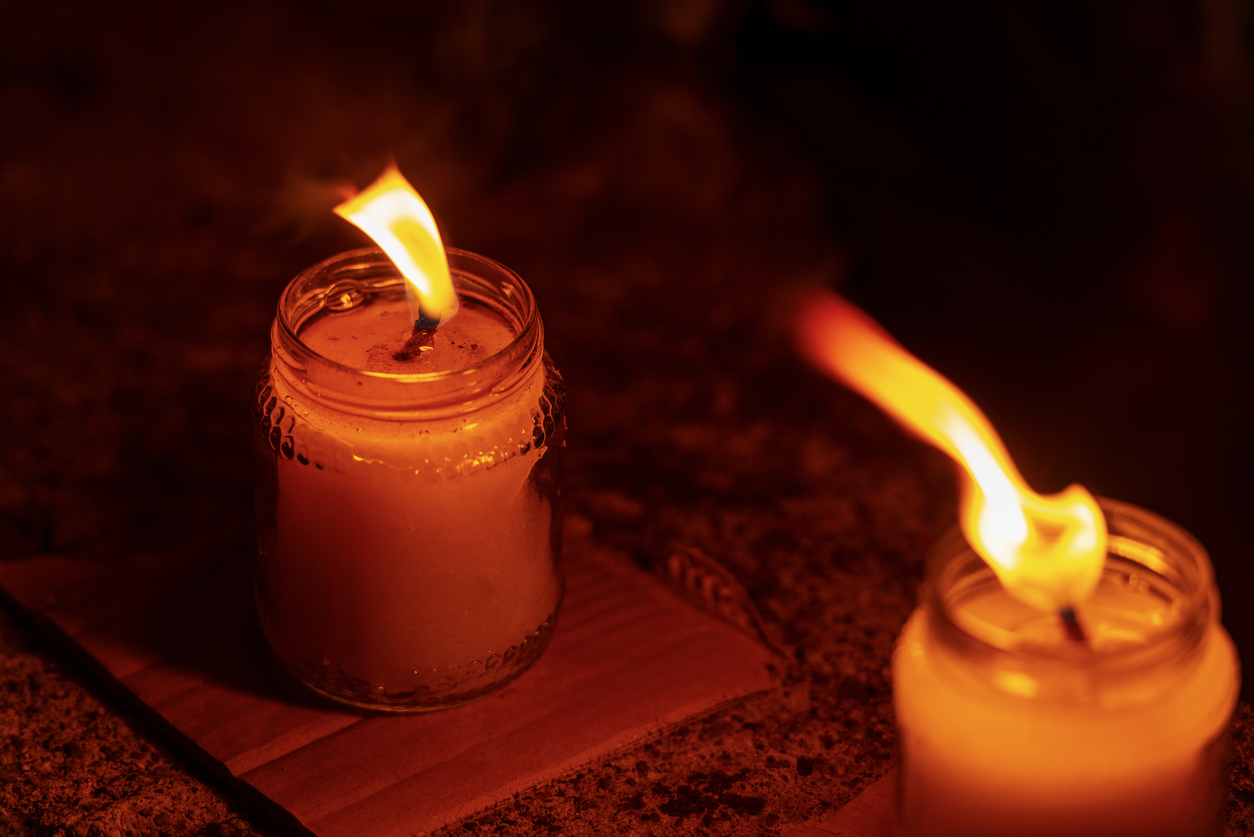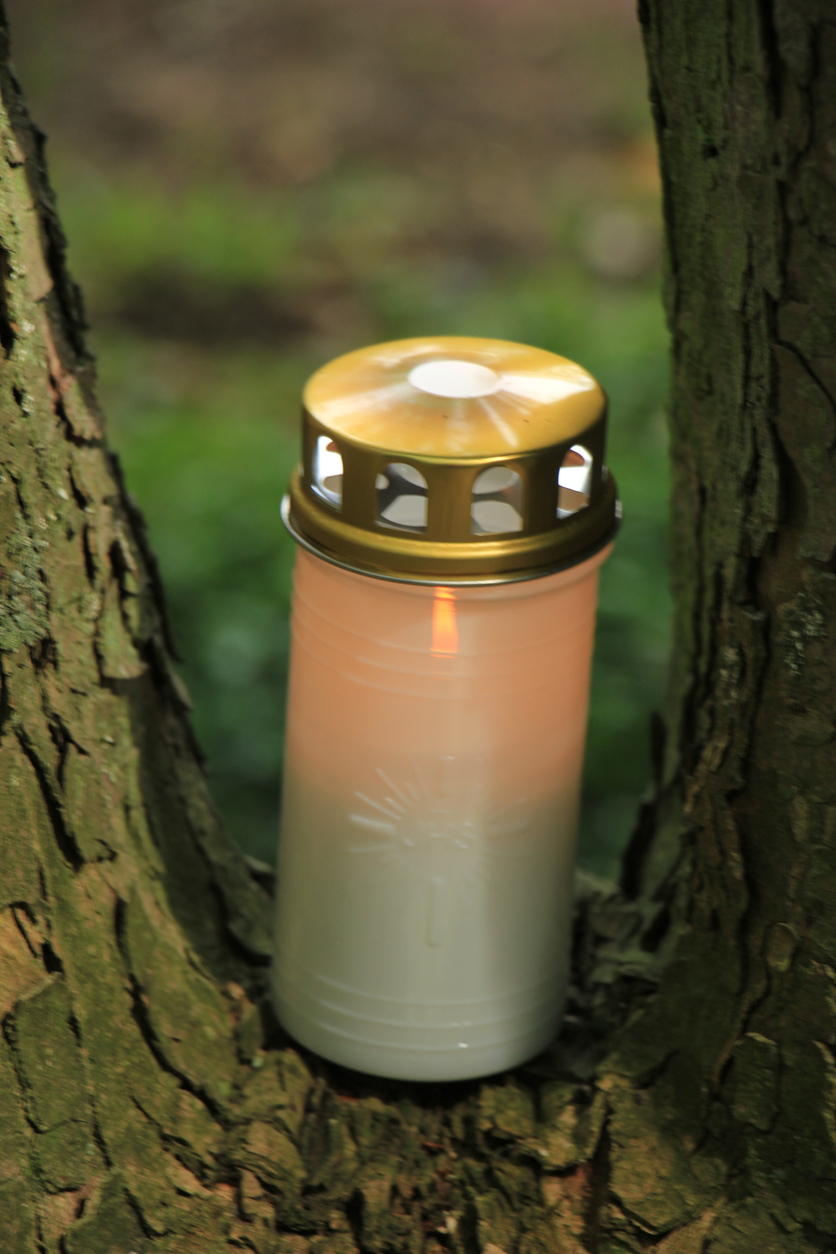Imagine you’re huddled in a makeshift shelter, miles from civilization, as twilight folds the wilderness into darkness. In your hand, a simple candle flickers, casting a soft glow and offering not just light but a beacon of hope. You’ve probably never considered a candle as a survival tool, yet its role in your wilderness kit goes beyond mere illumination. It’s a source of warmth, a means to cook, and even a way to signal for help.
But how do you choose the right candles, and what are the safest ways to use them? As you prepare for your next adventure, it’s crucial to understand the multifaceted benefits of carrying candles. Let’s explore how these unassuming items can become lifesavers in the wild, and why overlooking them could be a critical oversight.
Key Takeaways
- Candles are versatile tools in wilderness survival kits, providing light, warmth, and a means of cooking and signaling for help.
- When choosing candles for survival kits, factors such as burn time, wax type, scent, safety features, and cost should be considered.
- Various techniques can be used to start a fire with candles, including using them to ignite kindling or employing traditional fire starting methods.
- It is important to follow safety measures when using candles in survival situations, such as keeping them away from flammable objects, using appropriate holders or containers, and monitoring the melting wax closely.
Essential Benefits
Emergency candles are a versatile tool in survival kits, offering light, warmth, and even sustenance in dire situations. You’ll find them invaluable when you’re trying to make it through the night in the wild or when power outages darken your home. These candles aren’t just for illumination; they’re a critical component of your emergency preparedness arsenal.
With a steady burn, they can help prevent hypothermia by warming your surroundings, drying out damp clothing, or even warming food to conserve other fuel sources.
Opt for a variety like the UCO Candle or a candle lantern for a longer burn time, ensuring your light doesn’t flicker out when you need it most. Remember, the wax type, whether it’s a simple tealight or a robust beeswax candle, affects how long and how well the candle will burn. It’s crucial to consider factors like oxygen availability and ambient temperature, which can influence burn rates and candle efficiency.
But candles in survival situations aren’t just about practicality; some are edible, providing not just a mental boost but also serving as an emergency ration.
Choosing the Right Candles
When selecting the right candles for your survival kit, consider factors like burn time, scent, and wax type to ensure they meet your needs. Your choice can significantly impact your ability to generate light, heat, and even morale in the wilderness.
- Burn Time: Look for long-lasting options like the SDS Liquid Oil Candle or SE Survivor Series 36-Hour Emergency Candle. These provide extended use, making them ideal for your Wilderness Survival needs.
- Wax Type: Liquid paraffin wax candles are great for home supplies, but in the wild, natural beeswax candles, such as the Candle Buzz Travel Tin, offer a more eco-friendly option with a cleaner burn.
- Scent and Safety: Unscented candles are preferable to avoid attracting wildlife. Also, ensure you’re familiar with the safety features of your chosen candles to minimize risks.
- Cost and Quantity: According to the LDS Preparedness Manual, aim for 365 candles per year for thorough emergency preparedness, balancing cost with the necessity.
- Specialized Candles: Consider including UCO candles or tealight candles for their compact size and reliability as an Emergency Heating and light source.
Fire Starting Techniques
Mastering various fire starting techniques is crucial for ensuring you can reliably generate warmth and light in survival situations. In an emergency, having multiple methods at your disposal can be a lifesaver. One effective and often overlooked option is the use of candles, particularly paraffin candles or those made from natural waxes. Small tea lights, easily stored in a metal tin, can provide both light and heat, offering a steady flame to ignite kindling.
Start with dry and dead materials such as leaves, grass, and small twigs. If you have a wax candle, you can use the wax to help these materials catch fire more easily. For a more traditional approach, practice the bow drill method by spinning a stick against a wooden base to generate friction and heat, eventually igniting tinder. Alternatively, a flint and steel or ferrocerium rod can be used to create sparks. In sunny conditions, solar ignition can be achieved with a magnifying glass or the polished bottom of a soda can focusing sunlight onto your tinder.
Lastly, don’t overlook modern fire starter tools like a firesteel or magnesium rod, which can produce a shower of sparks to light your kindling.
Heat and Cooking Uses
Beyond their use for starting fires, candles also offer vital solutions for heating and cooking in survival scenarios. When you’re in the wilderness, conserving every resource becomes crucial. Candles, especially those designed for emergencies, provide a reliable source of heat that can be pivotal for survival. Their benefits include:
- Extended Hours of Burn Time: Emergency candles, particularly those made from liquid paraffin or palm wax, boast long burn times. This ensures you have a consistent heat source for cooking or staying warm.
- Safer to Use: Unlike open fires, candles are safer and more controlled, reducing the risk of accidental fires in your shelter.
- Versatile Cooking Options: With devices like the HERC oven, you can harness the heat from tea candles to cook meals slowly, preserving precious fuel.
- Waterproofing and Repairing Gear: The low, steady heat from candles can melt wax for waterproofing fabric or repairing equipment.
- Sustenance: In dire situations, edible fat-based candles can also serve as an emergency food source.
Incorporating candles into your emergency kit isn’t just about illumination. They’re multifunctional tools that can mean the difference between comfort and hardship in the wild.
Candle Safety Measures
To ensure your safety and maximize the benefits of using candles in survival situations, it’s crucial to follow specific safety measures. One little mistake can lead to disastrous consequences. Small candles, when used wisely, can be a good emergency light source. However, never leave a burning candle unattended, especially in the wilderness where help may not be readily available.
| Do | Don’t |
|---|---|
| Keep candles on a stable, heat-resistant surface away from anything flammable. | Leave a burning candle unattended or within reach of children and pets. |
| Use appropriate candle holders or encase your candle inside a plastic container to collect dripping candle wax. | Burn candles in enclosed spaces without proper ventilation. |
| Consider flameless LED candles as a safer alternative. | Keep candles near drafts or extinguish them before sleeping. |
Scented candles might seem like a nice touch, but in a survival situation, they could attract unwanted wildlife or trigger allergies. Stick to basic, unscented candles for light and warmth. Always remember, candle safety measures are not just guidelines—they’re essential practices to prevent accidents and ensure your survival adventure doesn’t turn into a disaster.
DIY Candle Making
Having covered the crucial safety measures for using candles in survival situations, it’s now essential to explore how you can make your own, tailoring them to your specific needs and preferences. DIY candle making allows for customization and ensures you have a reliable light source. When making candles, safety should be your top priority to avoid hazards like house fires.
Materials and methods vary, but understanding the basics can lead to efficient and safe candles for emergencies. Here’s a quick guide:
- Wax Type: Consider beeswax or soy for wax candles, as they burn cleaner and longer than paraffin.
- Wicks: Choose the right size for the candle you’re making. A small candle in an aluminum tin needs a smaller wick than a larger container.
- Containers: Reuse containers like jars or purchase aluminum tins, which are excellent for storing candles and using candles indoors.
- Safety Tips: Always monitor melting wax closely and work in a well-ventilated area.
- Alternative Materials: Explore using tea lights or crayons for making a lot of candles cost-effectively.
DIY candle making isn’t just practical; it’s a skill that enhances your preparedness, ensuring you’re never left in the dark.
Timekeeping With Candles
In emergency situations, you can rely on candles for not only light but also as a method to keep track of time. By marking your candle at intervals, you create a natural clock. This technique is especially useful when traditional methods fail, like in the dark wilderness where the lights go out and electronics might fail.
To master this skill, make sure to practice before you find yourself in a pinch. Imagine a scenario where you’re huddled under a terracotta pot with a plastic lid for warmth, the only light coming from your candle. You’d want to know how much time has passed, and how much longer you have before the 63 hours of candlelight you’ve meticulously prepared run out.
Here’s a simple table to evoke the importance of timekeeping with candles:
| Hours per Mark | Total Hours | Emotion |
|---|---|---|
| 1 | 63 | Hope |
| 2 | 63 | Patience |
| 3 | 63 | Resilience |
This method is almost always reliable, reinforcing the notion that even in the darkest times, a flicker of light can guide you through the hours.
Conclusion
In wrapping up, candles are a must-have in your wilderness survival kit. They’re not just for light; they heat your environment, cook your food, and can even help start a fire. Remember to pick the right type, practice safe handling, and maybe even try making your own. With candles, you’ve got a versatile tool that can also keep time in the wild. So, don’t overlook this essential item—it could be a game changer in survival situations.




